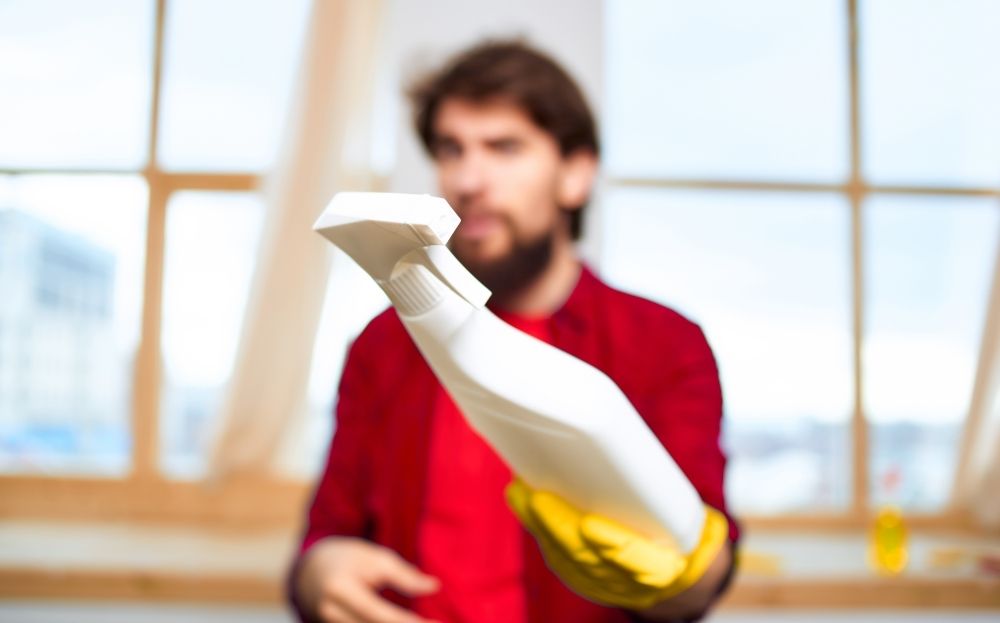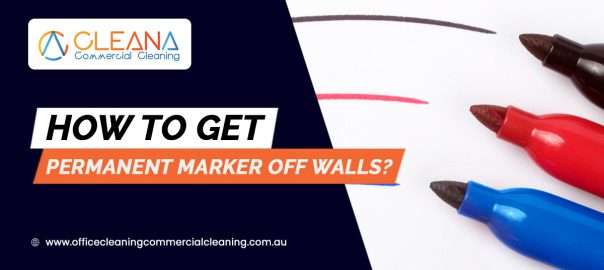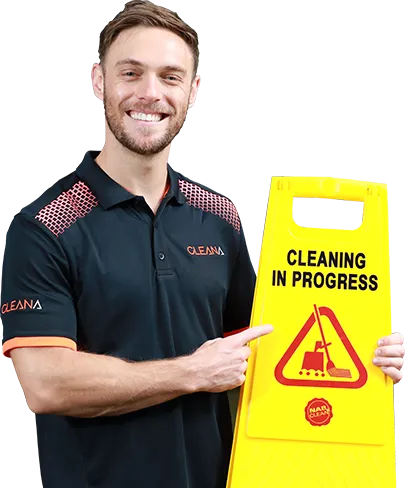As their name suggests, permanent markers are pretty long-lasting. Though they are not technically permanent, it can be really hard to budge permanent marker stains. This will be especially true when the marker has made contact with one of your beautiful walls.
Perhaps one of your children has decided to draw all over the walls in your house.
Whether these walls are painted or covered in wallpaper, you probably will not have had any luck getting rid of the stain. Fortunately, permanent markers can be removed from walls, meaning that you do not need to repaint the entire area. Use our commercial cleaners‘ instructions to get out of this sticky situation.
Equipment
Here is a list of the equipment you will need in order to conduct our methods. These items should be hassle-free to obtain. You may need:
- A wall that has been stained with a permanent marker – though this may be a given, it is nonetheless worth pointing out that you will need a part of the wall that has been stained with a permanent marker.
- Gloves – when cleaning, it is a good idea to wear gloves. Gloves will stop your skin from becoming irritated by various cleaning solutions.
- A bowl of warm water – this cleaning staple is always useful to have on hand.
- A dry and clean cloth – this will be used to apply the cleaning collusion to the wall. It is best to use a new cloth for this, as an old cloth could pass on dirt to the wall. This could make the wall even harder to clean. Some solutions may require you to dampen the cloth in warm water.
- A sponge – this may also be hushed to lift permanent marker stains. The abrasive side of a sponge is particularly valuable since it is tougher than most cleaning cloths.
- A cleaning solution – for more information on the various cleaning solutions that are effective, check the “Different Cleaning Solutions” below.
Instructions
Since several cleaning solutions or products can be used, we have created a general set of instructions.
- Put gloves on, ensuring that your hands are safe. If the solution is particularly harsh, you may want to put goggles on to protect your eyes.
- Apply a cleaning solution to the area of the wall that has been stained by a permanent marker. Be sure to apply a generous coating. Also, make sure that you have completely covered all of the stains.
- Wait a few seconds for the mixture to work.
- Then, begin rubbing the solution into the wall with a cloth or sponge. Be careful that you do not damage the wall when doing this. You need to be thorough enough to remove the stain without causing harm to the wall.
- Wash any remaining solution off the wall. Next, leave it to dry fully.
- Check that the method has worked. If it has not, you may want to repeat the steps. Alternatively, you can try a different cleaning solution.
- Enjoy your walls, which should look as good as new.
Different Cleaning Solutions

As mentioned before, there is a wide range of options available to you. A lot of these items are cheap and easy to access. This means that you can try whichever method suits you best. In fact, you may even have access to some of these products already.
Rubbing Alcohol
Rubbing alcohol is an essential cleaning product. It can be very harsh. As a result, you may want to find a small and unnoticeable patch of wall to test it on before applying it to the stain.
If rubbing alcohol damages the paint or wallpaper, you should not apply it to the stain. Instead, try one of the other ideas featured below.
Toothpaste
This household essential is great for removing stains. Ideally, you should use white toothpaste, especially when working on a light wall. It may be harder to remove other colored tubes of toothpaste. When using this, leave the toothpaste on the stain for a few minutes before removing it.
Peanut Butter
Like toothpaste, the idea of using peanut butter to remove permanent marker stains may sound outlandish to many. Trust us, we thought so too! However, peanut butter can actually be really useful. Plus, it is inexpensive and found in many people’s kitchens. Put the peanut butter on the stain and scrub it.
Then, get rid of any peanut butter residue. Of course, you may want to avoid this method if you are allergic to nuts.
Nail Polish Remover
Like rubbing alcohol, nail polish remover is a powerful cleaner. Because of this, you should also test it in an inconspicuous part of the wall.
Baking Soda
Though it is primarily used in cooking, baking soda is another excellent cleaning item. However, it works best when combined with another cleaning product. A popular technique involves combining equal parts baking soda with toothpaste to create a perfect cleaning solution.
Frequently Asked Questions
Will Bleach Remove Permanent Marker Stains?
Yes, bleach can be used to get rid of permanent marker stains. On the other hand, you should be warned that bleach is a potent cleaner that should not be used on walls. It will likely discolor the paint or wallpaper. Bleach is mainly used on white fabrics since it will make any stains it manages to remove a white colour.
How Can You Get Permanent Marker Stains Off Wood?
In this situation, your best bet is to use rubbing alcohol. As with a wall, it is recommended that you do a test patch before applying more rubbing alcohol to the wooden surface. You may also have luck with other cleaning products, such as toothpaste.
Are Permanent Markers Really Permanent?
No. Despite their name, most permanent marker stains can be removed with a thorough cleaning and the right products. Products that contain alcohol are usually pretty good at removing permanent markers, though this alcohol will not suit every material.
Final Thoughts
Though permanent marker stains on your wall may seem like a nightmare, you should not panic. The stain can be removed thanks to the helpful set of instructions contained above. If none of these cleaners is successful, you may have to paint over the mark.
Thankfully, this should only be used as a last resort. You may not even need to re-paint the entirety of the wall if the patch is relatively small.


